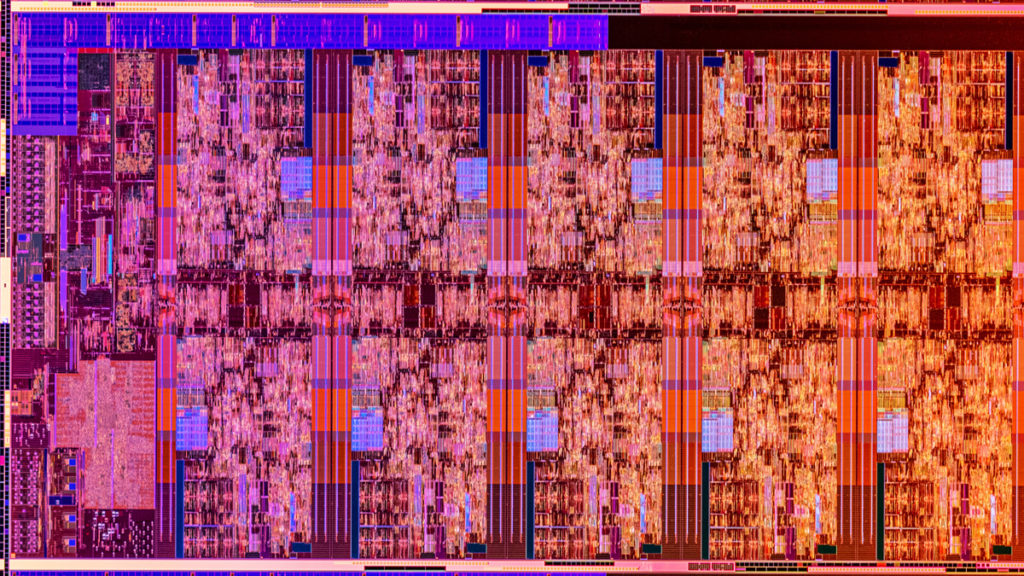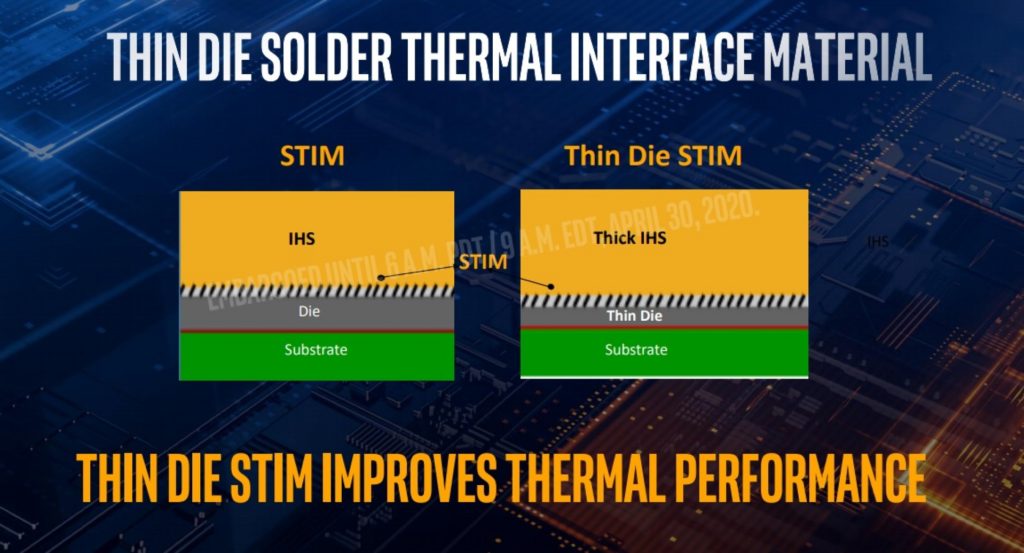
With their increased core counts, temperature has become a rising concern with Intel’s recently unveiled Core S-series desktop processors, but the company has made some under-the-hood tweaks that should make it easier to keep thermals in check. According to a slide from the official Comet Lake-S deck, Intel implemented a thinner die STIM, which allowed for a thicker integrated heatspreader (IHS).
“On top of a processor sits an area of inactive silicon, and silicon is a terrible heat conductor, at least when compared to copper,” explained OC3D. “With Comet Lake, Intel has thinned this layer of inactive copper to create a ‘thin die,’ and has increased the thickness of Comet Lake’s IHS to compensate for this change. Intel has also confirmed to us that it has increased the percentage of copper in Comet Lake’s Integrated Heatspreader (IHS) to improve its thermal conductivity.”

“What Intel has done is allow heat to transfer more from their Comet Lake CPU cores to the CPU coolers of their users, allowing heat to move away from their CPU cores faster. This will help lower Comet Lake’s thermals, even without an upgrade to your CPU cooling solution. That said, it remains to be seen whether or not these design tweaks are enough to keep Comet Lake cool under load, especially their i9-10900K.”
We’ll learn just how well (or poorly) Intel’s 10th Gen Core S-series desktop processors cool when they debut next month. Reviews are reportedly embargoed until the end of May.
